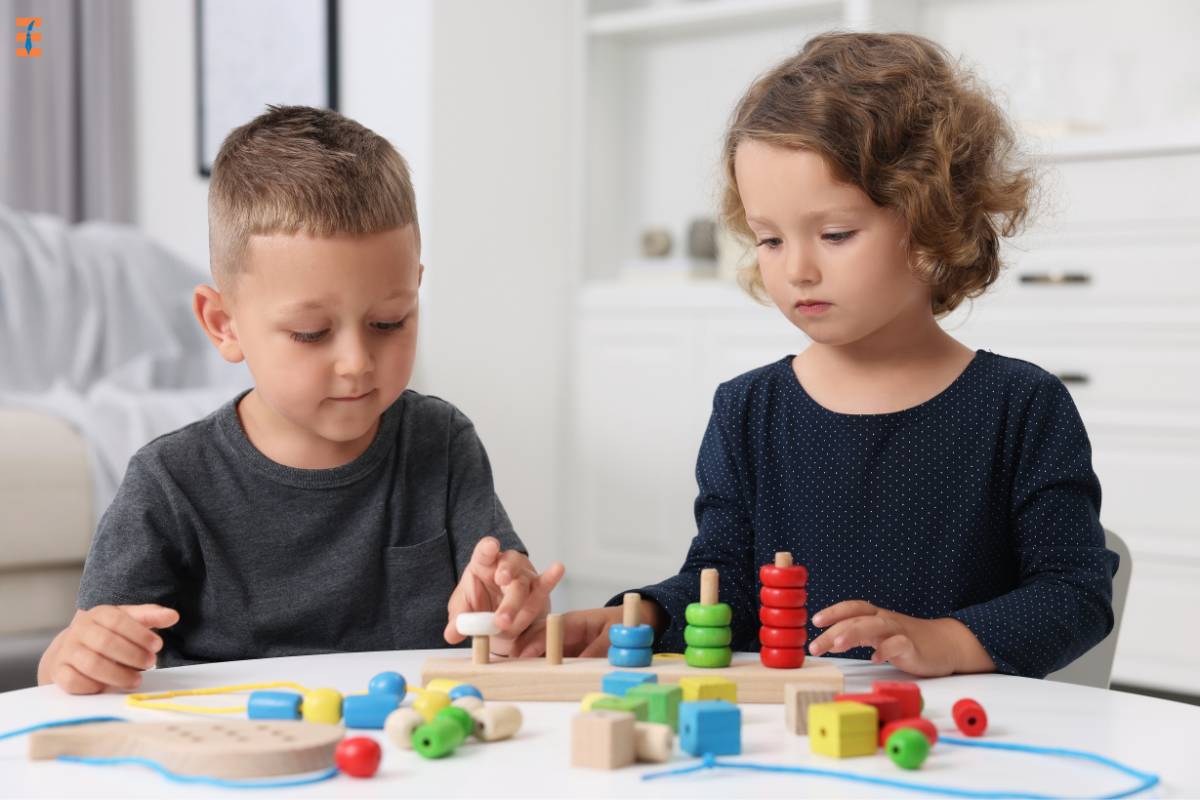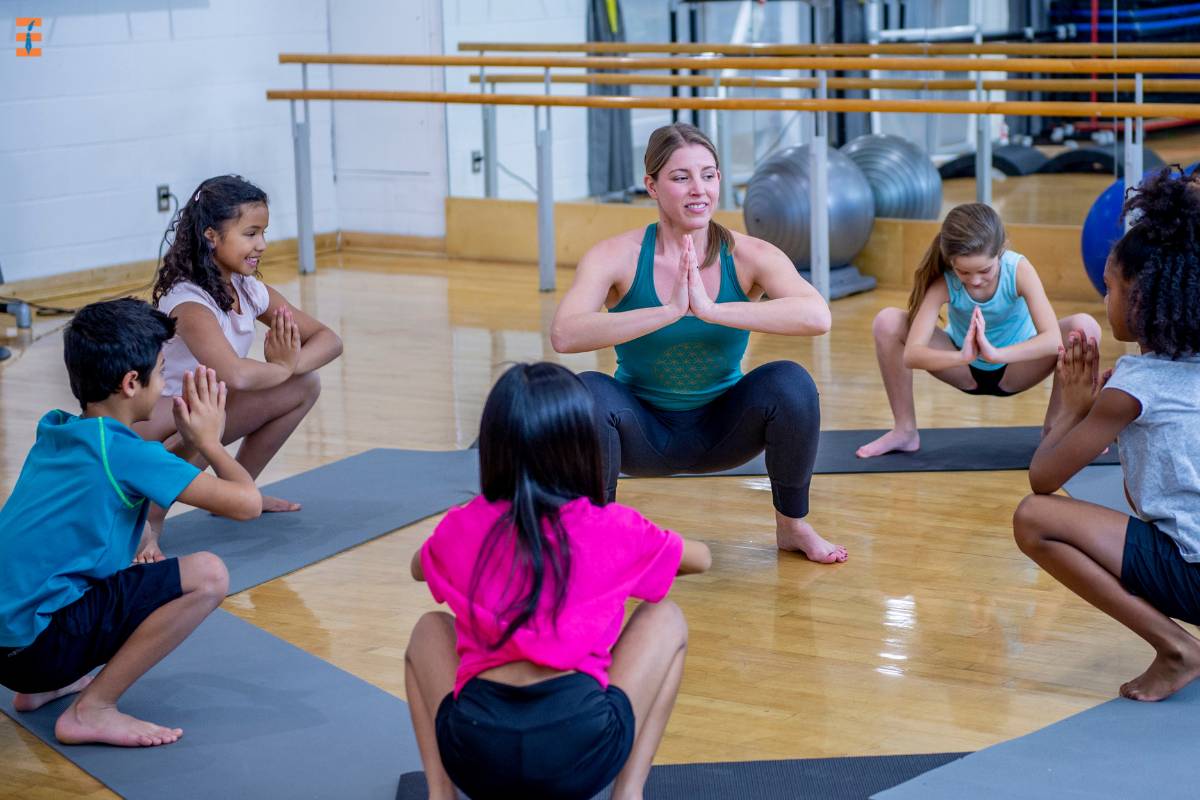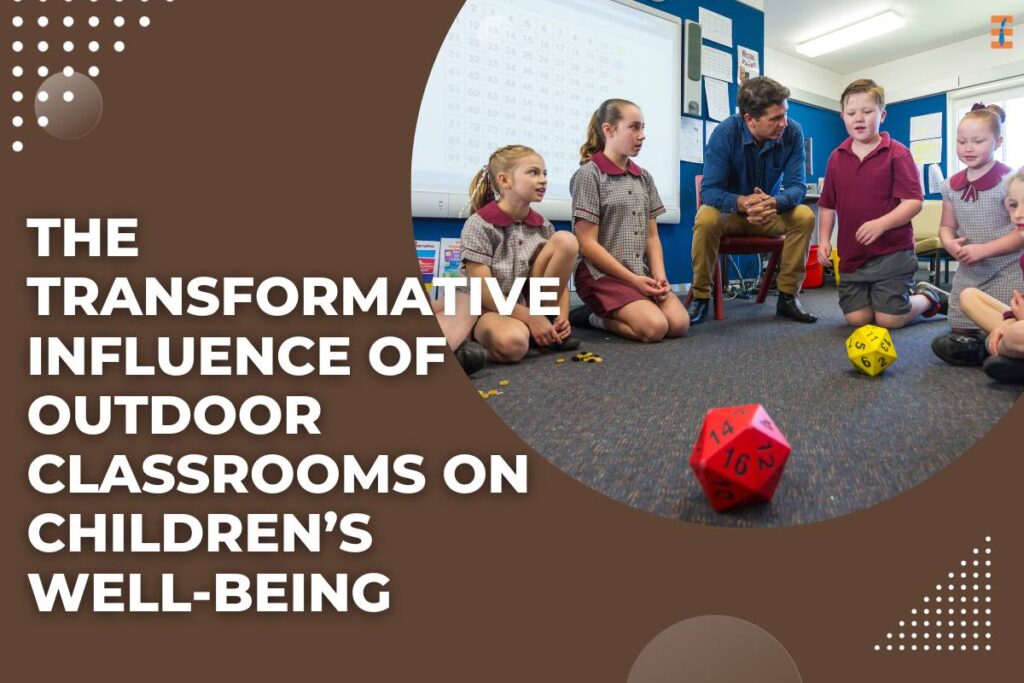The idea of outdoor classrooms is like a breath of fresh air, reshaping how we nurture the growth of our little learners. No longer confined to the traditional classroom walls, these nature-friendly learning spaces tap into the wonders of the great outdoors, igniting a symphony of cognitive, emotional, and physical development in children. Think of it as education in harmony with nature. This piece dives into the enchanting world of outdoor classrooms, uncovering the magical ways they contribute to the well-being of our youngsters.
From sparking curiosity to fostering teamwork, the benefits are as diverse as the flora and fauna they’re surrounded by. It’s an exploration of how these open-air sanctuaries have the potential to redefine the educational landscape, offering a holistic approach that nurtures not just academic growth, but the very essence of what it means to be a well-rounded individual. Step outside the norm, and let nature be the canvas where the masterpiece of a child’s development unfolds.
Nature’s Classroom: A Breathing Space for Young Minds
1. Embracing Cognitive Development

The outdoor classroom provides a dynamic environment that stimulates cognitive growth in children. Nature, with its diverse elements, becomes a living laboratory where students can engage in hands-on learning experiences. Scientific studies have consistently shown that exposure to natural settings enhances attention spans, problem-solving abilities, and creativity in young minds.
In an outdoor classroom, children can explore the wonders of the natural world, from identifying local flora and fauna to understanding ecological systems. This experiential learning not only makes academic concepts more tangible but also instills a sense of curiosity and wonder, laying the foundation for a lifelong love of learning.
2. Fostering Emotional Well-Being
The therapeutic effects of nature on mental health are well-documented, and outdoor classrooms provide a unique space for emotional development. Surrounded by greenery, fresh air, and open spaces, children experience reduced stress levels and increased emotional resilience. Nature’s calming influence contributes to improved mood regulation and decreased anxiety, creating a positive emotional atmosphere conducive to learning.
In an outdoor setting, children often collaborate on projects, share discoveries, and engage in unstructured play. These social interactions in a natural environment promote teamwork, communication skills, and conflict resolution, fostering emotional intelligence essential for navigating the complexities of interpersonal relationships.
Physical Health: Nurturing Healthy Bodies and Active Minds
1. Promoting Physical Activity

Outdoor classrooms play a pivotal role in addressing the growing concerns about sedentary lifestyles among children. The expansive outdoor spaces offer opportunities for physical activities that are not confined by the limitations of indoor environments. From nature walks and scavenger hunts to group sports and gardening, these activities promote physical fitness and contribute to the development of gross and fine motor skills.
Regular exposure to natural light and fresh air also aids in the production of vitamin D, crucial for bone health and overall well-being. The integration of physical activity into the learning process not only supports physical health but also enhances concentration and attentiveness in the classroom.
Connecting with Nature: A Foundation for Environmental Stewardship
Beyond the immediate benefits to cognitive and physical well-being, outdoor classrooms lay the groundwork for cultivating a sense of environmental responsibility in young minds. As children develop a connection with nature, they become more aware of the importance of preserving the environment. It provides a context for lessons on sustainability, biodiversity, and ecological balance, nurturing a generation of environmentally conscious individuals.
Also Read: Nature’s Classroom: Utilizing the Outdoor Environment as an Extension of Learning
Challenges and Solutions While Implementing
While the benefits of such classrooms are evident, integrating this approach into mainstream education comes with its set of challenges. Limited resources, curriculum constraints, and weather-related concerns can pose obstacles to the widespread adoption of outdoor classrooms. However, innovative solutions and a shift in educational paradigms can help overcome these challenges.
1. Teacher Training and Support
Educators play a pivotal role in the success of classrooms outdoor. Providing teachers with training on outdoor education methodologies, curriculum design, and the utilization of natural spaces as learning environments is essential. Professional development programs can empower educators to harness outdoor classrooms’ full potential, ensuring a seamless transition from traditional settings.
2. Curriculum Integration

To address concerns about meeting academic standards, curriculum designers must actively incorporate outdoor education into the overall learning plan. Outdoor activities can be aligned with existing curricular goals, ensuring that educational objectives are met while capitalizing on the benefits of nature-based learning. A well-integrated curriculum helps dispel the notion that outdoor classrooms are a deviation from traditional teaching methods, emphasizing their role as complementary and enriching experiences.
3. Infrastructure and Maintenance
Creating and maintaining outdoor classrooms requires careful planning and investment in infrastructure. Schools must allocate resources to develop outdoor spaces, ensuring they are safe, accessible, and equipped with the necessary materials. Partnering with local communities, environmental organizations, and businesses can also contribute to the sustainability and growth of outdoor classroom initiatives.
Conclusion
The introduction of outdoor classrooms isn’t just a tweak in education; it’s a game-changer, highlighting the need for a more comprehensive approach to nurturing our little ones. The positive ripples on their minds, hearts, and bodies, along with the cultivation of environmental responsibility, turn outdoor classrooms into dynamic instruments for sculpting the next generation. Educators, policymakers, and parents are catching on to the profound advantages of this nature-infused approach to learning, and the rallying cry for widespread acceptance of classrooms outdoor is growing louder.
By putting the spotlight on incorporating outdoor education seamlessly into everyday curricula, we’re ensuring that each child gets the chance to flourish in an educational environment that stretches way beyond the ordinary classroom confines, reaching into the infinite wonders of the natural universe. It’s a call to let learning bloom amidst the beauty of the outdoors, creating a future generation deeply connected to both knowledge and nature.










